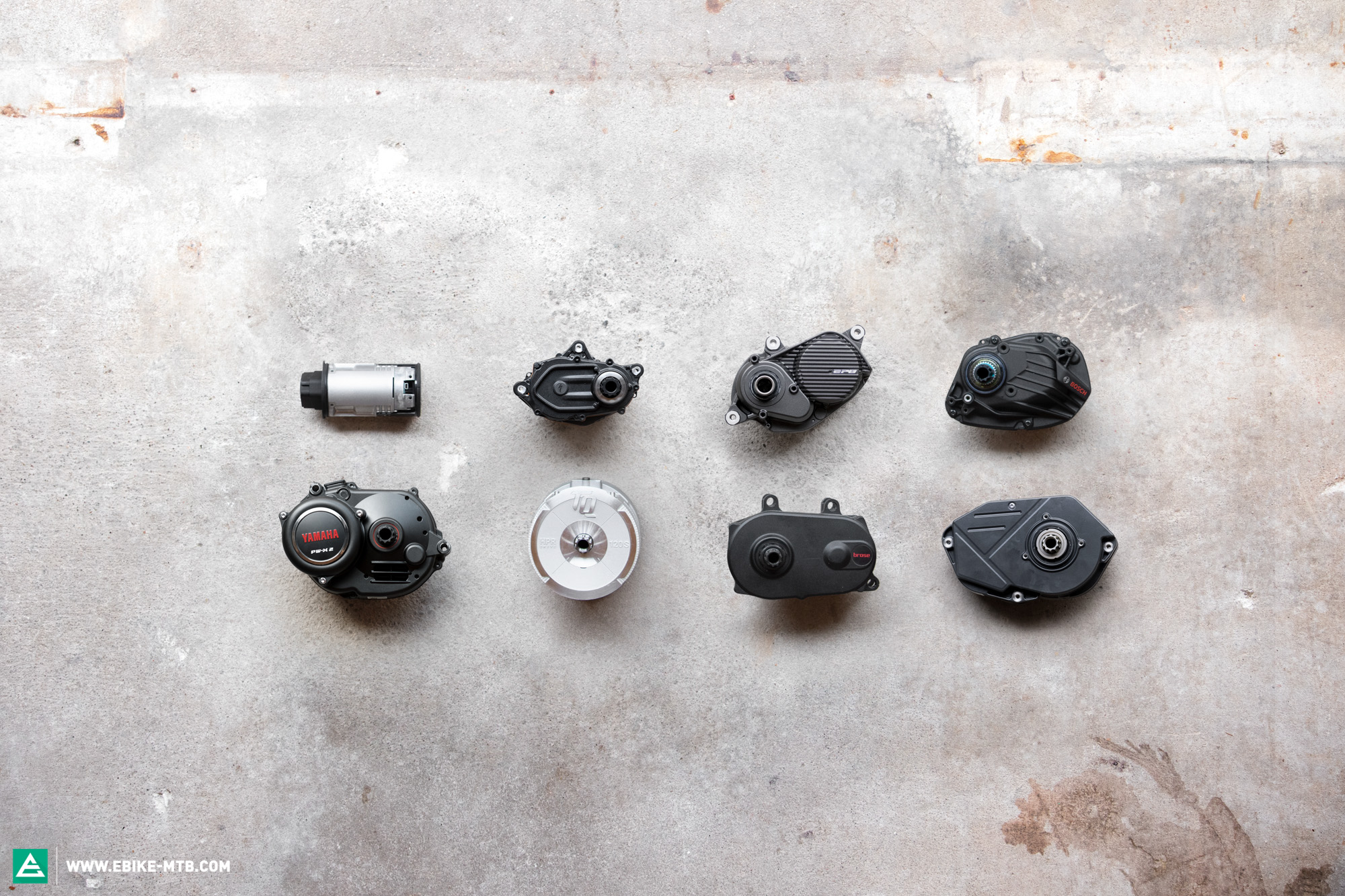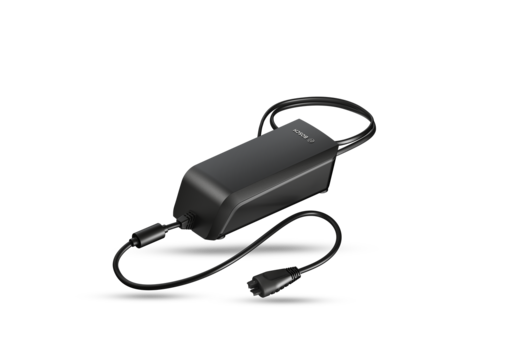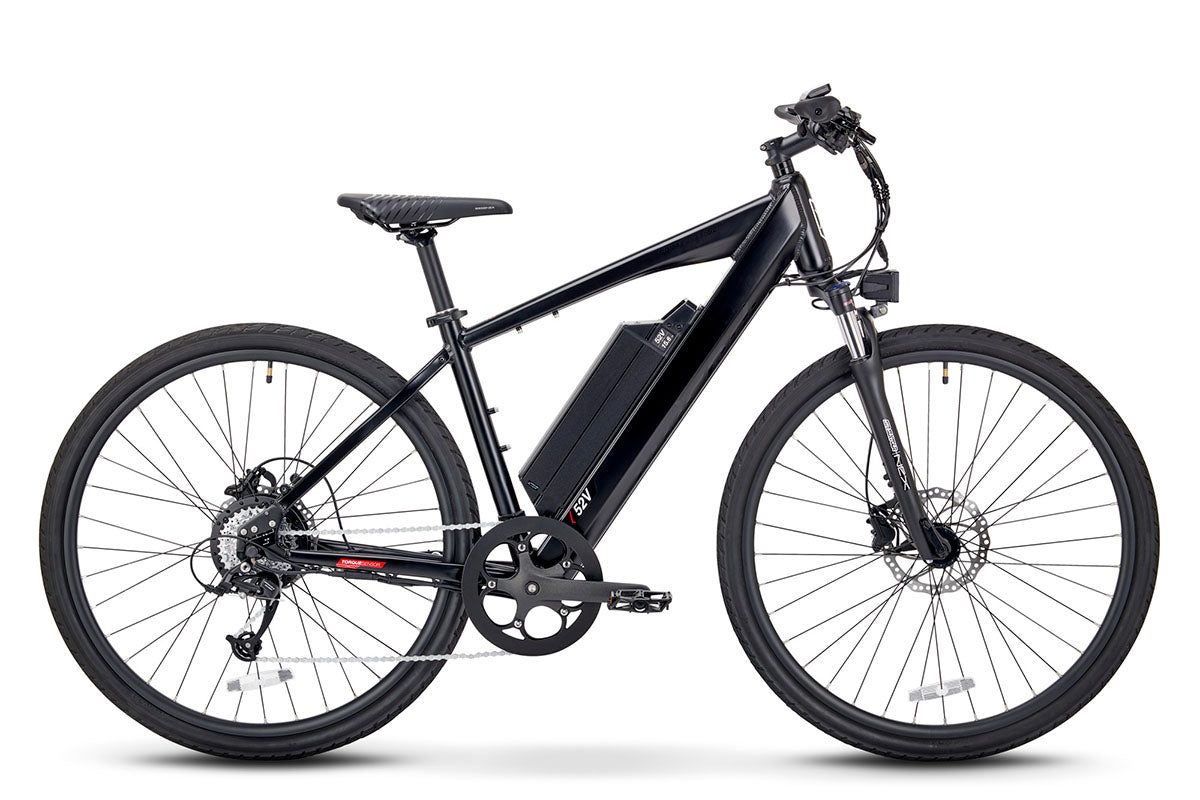Grin's programmable charger is discussed on several other theads as well and is a favorite among DIY battery builders. As you quoted in #36 above there is a handshake between the specialized battery and charger that is not implemented in Grin's charger.
I'm not finding any spec that indicates that Specizlized is using the CANbus protocol for their handshake, but it is possible as they use the same port for diagnostics. Implementing this with Grin's charger would give you an 8A charger that might work with the Specialized extender battery. However, there's no reason to believe that this battery can safely handle such high charge rates, battery life aside.
As others have mentioned the battery will incorporate a BMS (battery management system) that among other things helps prevent over and under voltage conditions that can lead to dramatic failures. The BMS itself may limit charging currents to 1C or less, ~4A in the case of the extender battery. Again, no specs but if you decide to give it a go I'd suggest setting everything up outside, just in case...
I will need one charger able to handle both the internal and external batteries. The two batteries will have different electrical inputs.
My immediate goal is to educate myself. I am very cautious with electronics and electrical appliances.
My hope is to find a product that is designed for this specific purpose. I also hope to indirectly find an ebike that is designed for fast charging. Bikepacking is different from typical cycling:
Opportunity charging is charging the battery whenever power is available or between partial discharges rather than waiting for the battery to be completely discharged. It is used with batteries in cycle service, and in applications when energy is available only intermittently.
Last edited:















